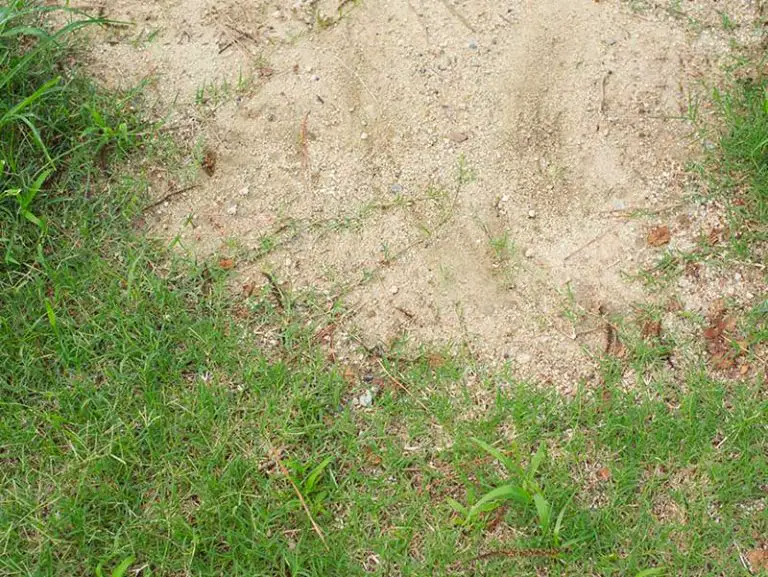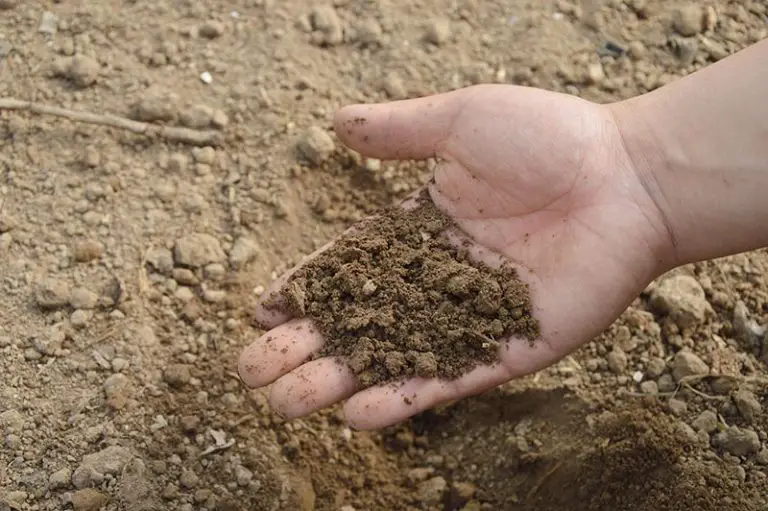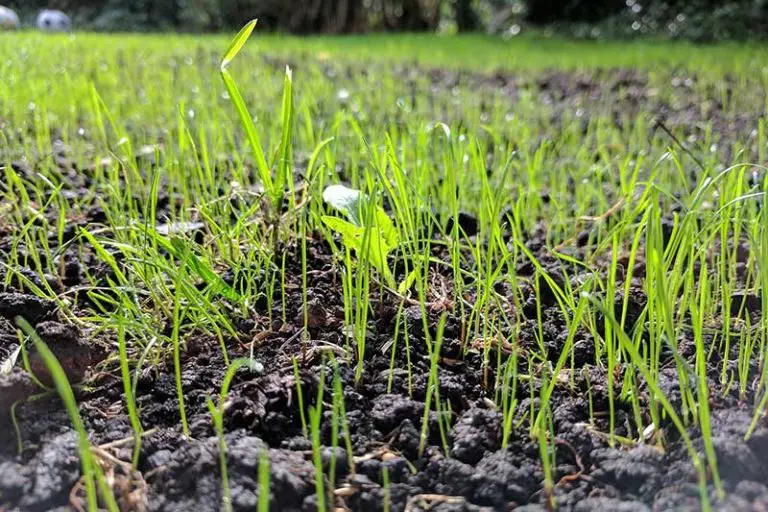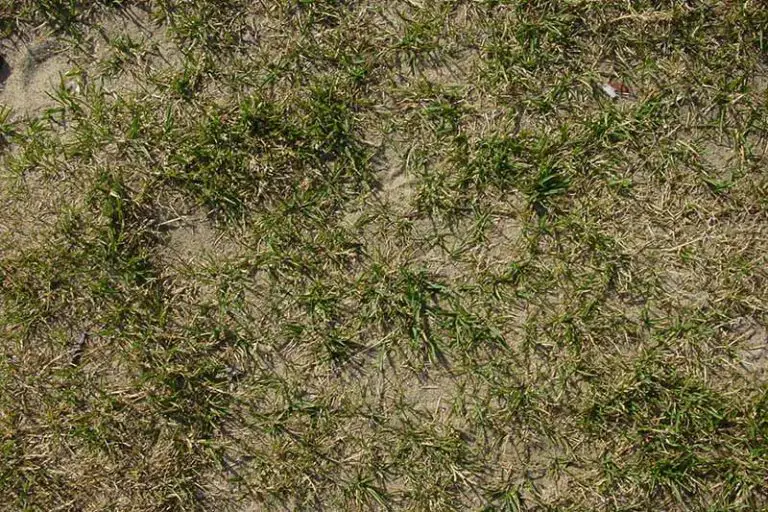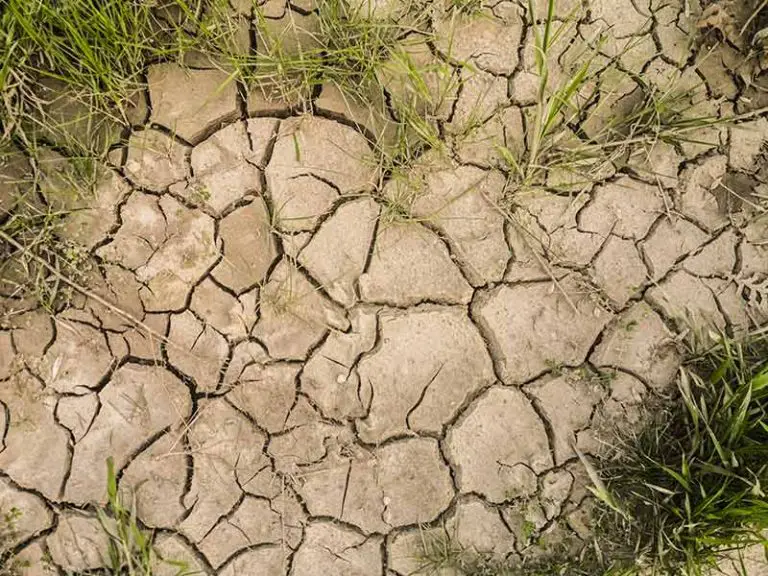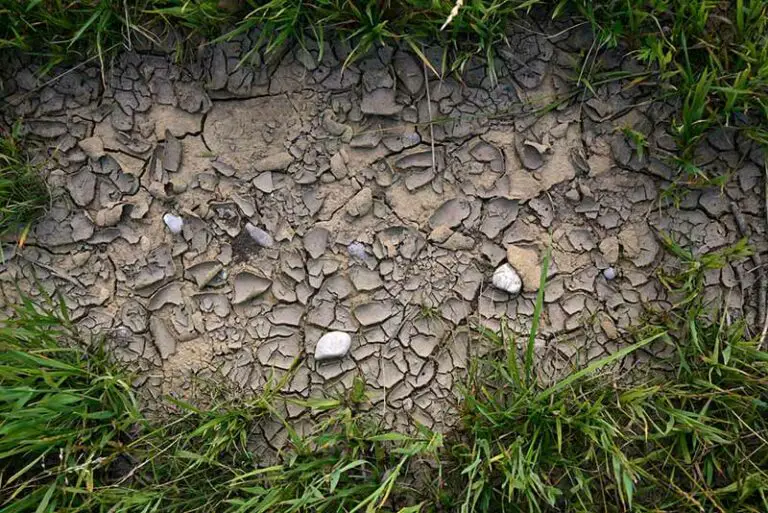Soil vs. Dirt: What’s the Difference?
You could be forgiven for assuming that soil and dirt are the same things. While many consider the two terms interchangeable, there are several features of soil that differentiate it from dirt. As a gardener, it’s important for you to know the differences between soil and dirt to ensure you’re using the best planting matter possible around your yard.
Dirt is the foundation of all soils. While dirt contains no living matter, soil is enriched with matter like humus, living organisms like insects and microbes, water, nutrients, and air. Healthy soil is able to support plant life, while dirt lacks this matter that is necessary for the growth of plants.
How is Soil Formed?
Soil formation takes thousands to millions of years using a process called ‘weathering’. Over a long period of time, weather conditions like wind, water, and climatic events erode large rocks. This erosion gradually breaks the rocks down into increasingly smaller rock fragments. At this stage, this matter is what we could consider dirt, as it contains no living matter or nutrients.
All types of soil start off as this dirt. As time passes and the dirt combines with organic matter, i.e. decaying animal and plant matter, it forms soil. Different types of soil exist due to the different types of rocks that form the base of the soil’s composition. For example, you’re more likely to have chalky soil if you live in an area that sits atop a bedrock of limestone. Similarly, if you live near the coast, it’s likely you’ll have overly sandy soil. We have explained the different types of soil later in this article.
Dirt vs Soil
In short, the main difference between soil and dirt is that the former is a living ecosystem that is able to support life, while the latter is dead and therefore unable to support life.
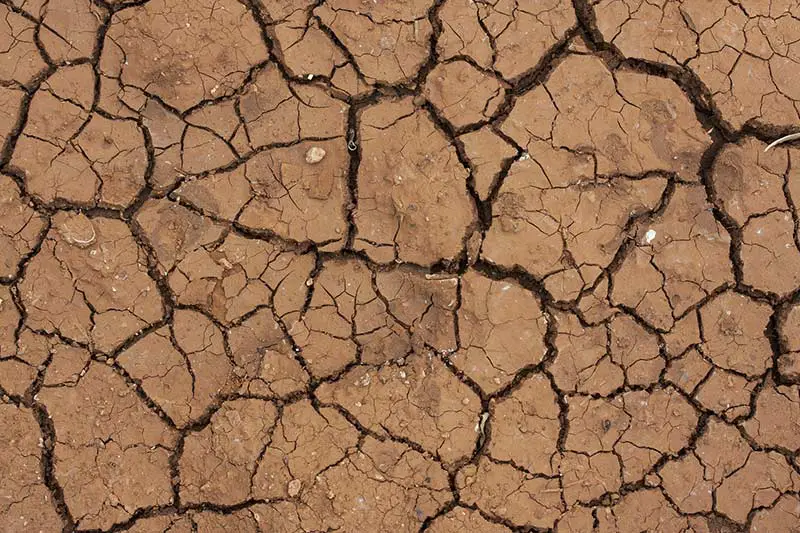
What Is Dirt?
Dirt is essentially a precursor substance to soil. It is what’s formed in the first stage of soil formation, mainly being comprised of small eroded rock fragments. Dirt lacks texture and structure, meaning it won’t compact when water is added to it as a handful of soil would. This makes dirt far more susceptible to run-off and erosion.
What Is Dirt Made Of?
As we’ve said, dirt is mainly made up of small eroded rock fragments. It may also contain sand, silt, clay, peat, or chalk, depending on the local environment in which the dirt was formed. Dirt contains no nutrients, minerals, or living organisms like worms or fungi. Without humus and living organisms, dirt is dead, being unable to support any type of life.
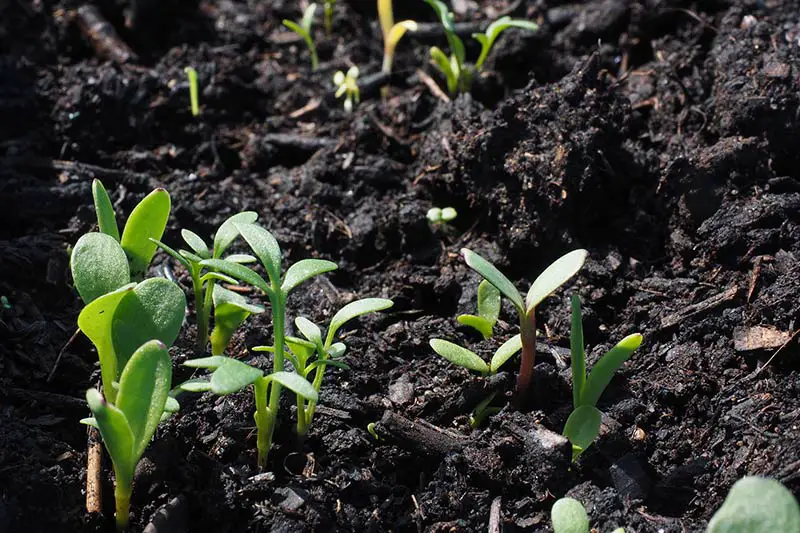
What Is Soil?
Soil is what’s formed when dirt mixes with humus – this is the word for decaying plant and animal matter. Healthy soil is filled with living organisms that all work together to form a balanced, self-sustaining ecosystem.
What Is Soil Made Of?
Dirt forms the basis of soil, containing the different types of solid matter listed previously depending on the environment in which it was formed. In addition to the solid rock fragments, soil contains decaying organic matter from dead leaves, twigs, and animals, known as humus. It’s also full of living organisms like worms, insects, bacteria, fungi, and other types of life that help support the active ecosystem in the soil. Healthy soil is rich in nutrients and minerals, and makes an ideal planting medium for all plants.
Is Soil Living?
Soil is a living, active ecosystem, while dirt is not. Some of the organisms that live in soil include archaea, actinomycetes, algae, bacteria, fungi, and protozoa. Larger soil organisms include nematodes, springtails, mites, ants, and earthworms. Also, soil supports even bigger creatures, including burrowing rodents such as moles. Organisms such as bacteria and fungi are working constantly to decompose dead organic matter while supporting the growth of matter that’s alive.
What is Topsoil?
Topsoil specifically refers to the uppermost layer of soil – anything from 2 to 8 inches into the ground could be considered topsoil. This is the layer of soil that is richest in organic matter and nutrients, and where your plants grow their extensive root systems. It is the best type of soil for gardening and landscaping compared to commercially-available soil potting mixes. Topsoil contains all of the nutrients and minerals that plants, shrubs, and vegetables need to grow. On top of this, topsoil is used to level uneven lawns, build gardens, and improve overall yard drainage.
Types of Soil and Their Uses and Benefits
As a general piece of advice, the ideal soil composition is that which contains 50% solid matter, along with 25% water and 25% air. The solid matter that your soil contains will affect the properties that it has, whether it’s sandy, clay-heavy, silty, chalky, peat-heavy, or loamy.
We have gone through these different types of soil and each of their uses and benefits in more detail below.
Sandy Soil
Sandy soil has a gritty texture similar to that of sand. On the one hand, this type of soil is great as it is easy to cultivate. A particular feature of sandy soil is that it heats up quickly when temperatures rise in spring; this makes it ideal for growing spring crops. Sandy soils are also fast-draining and dry quickly which is a benefit when it comes to preventing the spread of fungal disease.
On the other side of this, the major drawback to sandy soils is that they are often low in nutrients. This fast-draining capability of sandy soil means that it loses a lot of its nutrients to wet weather or irrigation. To remedy drainage issues in sandy soil, you can amend it with an organic fertilizer. The best type of fertilizer to use for this purpose is that containing kelp meal, greensand, or glacial rock dust.
Sandy soil is best for growing:
- Root vegetables e.g. parsnips, potatoes, and carrots
- Commerical crops e.g. peppers, squash, lettuce, collard greens, zucchini, tomatoes, and strawberries
- Flowering shrubs and plants e.g. tulips, sun roses, tree mallow, and hibiscus
- Some grass types
Clay Soil
Clay soil is made up heavily of clay. Due to this high clay content, clay-heavy soil takes on a sticky, lumpy texture when water is added to it. And, when it’s dry, clay soil turns rock hard, making new growth difficult regardless of the soil’s nutrient content.
Clay-heavy soil is much more susceptible to compaction, offering little space for air, water, and nutrients to circulate the soil. It also tends to have very poor drainage, leaving grass and plants more at risk of fungal disease.
Clay soil is best for growing:
- Summer vegetables
- Perennial plants e.g. aster, flowering quince, bergamot, and Helen’s flower
- Ornamental shrubs and trees
- Some grass types
Silt Soil
Silt soil has a very soft texture. As it holds moisture well, it is easy to compact when wet. This type of soil is ideal for growing a range of crops as it rich in nutrients and organic matter. However, due to its tendency to hold onto moisture, silt soil can cause issues with drainage.
You can solve the drainage issues of silty soil by fitting your lawn or garden with a well-designed drainage system. The addition of a layer of composted organic matter can also help to improve the structure of silt soils.
Silt soil is best for growing:
- Nearly all vegetable and fruit crops
- Trees that prefer more moisture e.g. Birch, Dogwood, Willow, Cypress,
- Grasses and Perennials e.g. New Zealand Flax, and Mahonia
Chalk Soil
Chalky soil is made of large grains of soil and has an overall stony texture and structure. This soil is typically found in areas that lay atop a chalk or limestone bedrock.
Chalky soil has difficulty holding onto water, therefore it’s often necessary to amend it with humus to improve moisture retention. Also, this type of soil tends to be high on the pH scale, i.e. it’s highly alkaline. In the majority of plants and grasses, this will result in stunted growth and yellowed leaves or blades.
Chalky soil is best for growing:
- Many vegetables e.g. beets, cabbage, sweet corn, and spinach
- Some shrubs e.g. pinks, lilac, and weigela
Peat Soil
Peat soil has a high peat content, making it darker in color and damp and spongey to the touch. It naturally has a high pH level, meaning it is highly acidic. This causes peat soil to typically be low in nutrients.
Peat soil also tends to retain a lot of moisture, making it necessary to create proper drainage channels in this soil. In order to reduce the acidity of this soil to levels that support healthy plants, you may need to add compost, organic fertilizer, limestone, or glacial rock dust.
Peat soil is best for growing:
- Vegetable crops e.g. salad crops, root crops, and legumes
- Some shrubs e.g. heather, camellia, and witch hazel
Loamy Soil
Loamy soil is one of the best soil types there are, as it contains an even balance of sand, silt, and clay. It has a fine texture and good structure, retains moisture and drains well, and tends to be naturally nutrient-rich.
However, the only drawback to loamy soil is that it tends to be a little acidic. For this reason, it’s necessary to add regular amendments of organic matter to the soil to keep it in the optimal pH range for most plants.
Loamy soil is best for growing:
- Climbing plants
- Vegetation like bamboo and wisteria
- Vegetable crops
- Berry crops
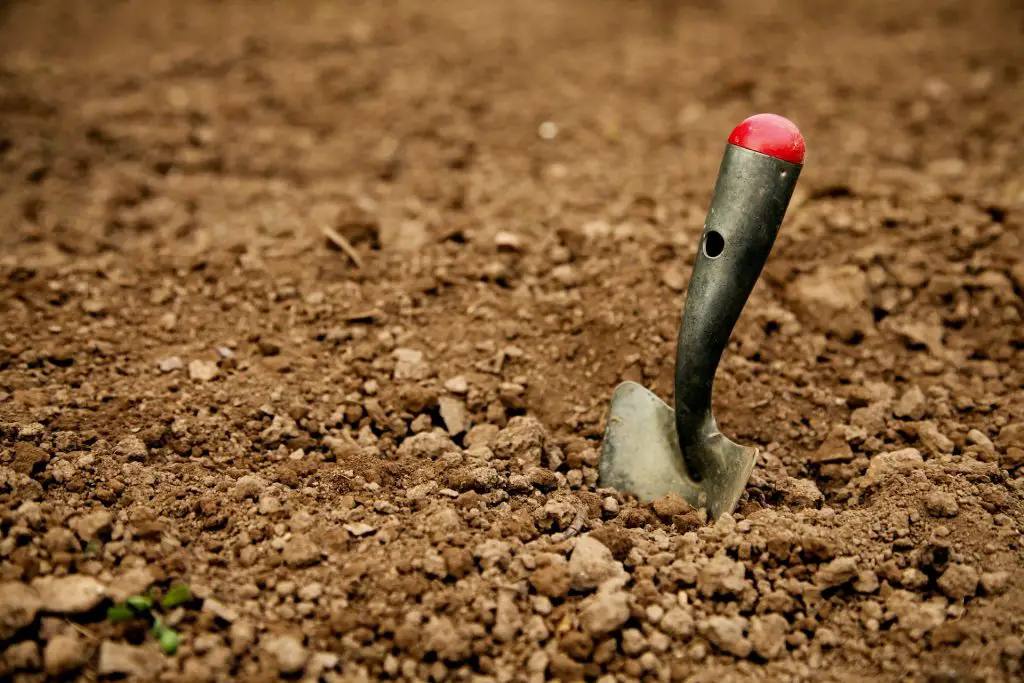
Can You Form Your Own Soil From Dirt?
Even though soil formation takes thousands of years on its own, you can speed up this process and create your own soil from dirt with the help of some compost.
If you don’t already have one, start a compost pile or make a compost bin. Add nutrient-rich organic matter to your compost, such as leaves, grass clippings, and kitchen scraps, and the beneficial organisms will begin breaking the matter down. Healthy compost will be filled with organisms like bacteria, microbes, fungi, and worms; these organisms all play a role in the decomposition process and promote the creation of the most nutrient-rich compost possible.
Once your compost has had a chance to fully decompose, it will be ready to add to your lifeless dirt.
Why is it Important to Know the Difference Between Soil and Dirt?
Any homeowner trying to achieve a yard full of healthy, growing vegetation should have an understanding of the difference between soil and dirt. Attempting to grow anything in dirt would be a complete waste of time, as this matter lacks the nutrients, organisms, and structure necessary to support life. Soil, on the other hand, is the perfect growing medium for plant life, as it contains all of these nutrients and organisms that dirt lacks.

